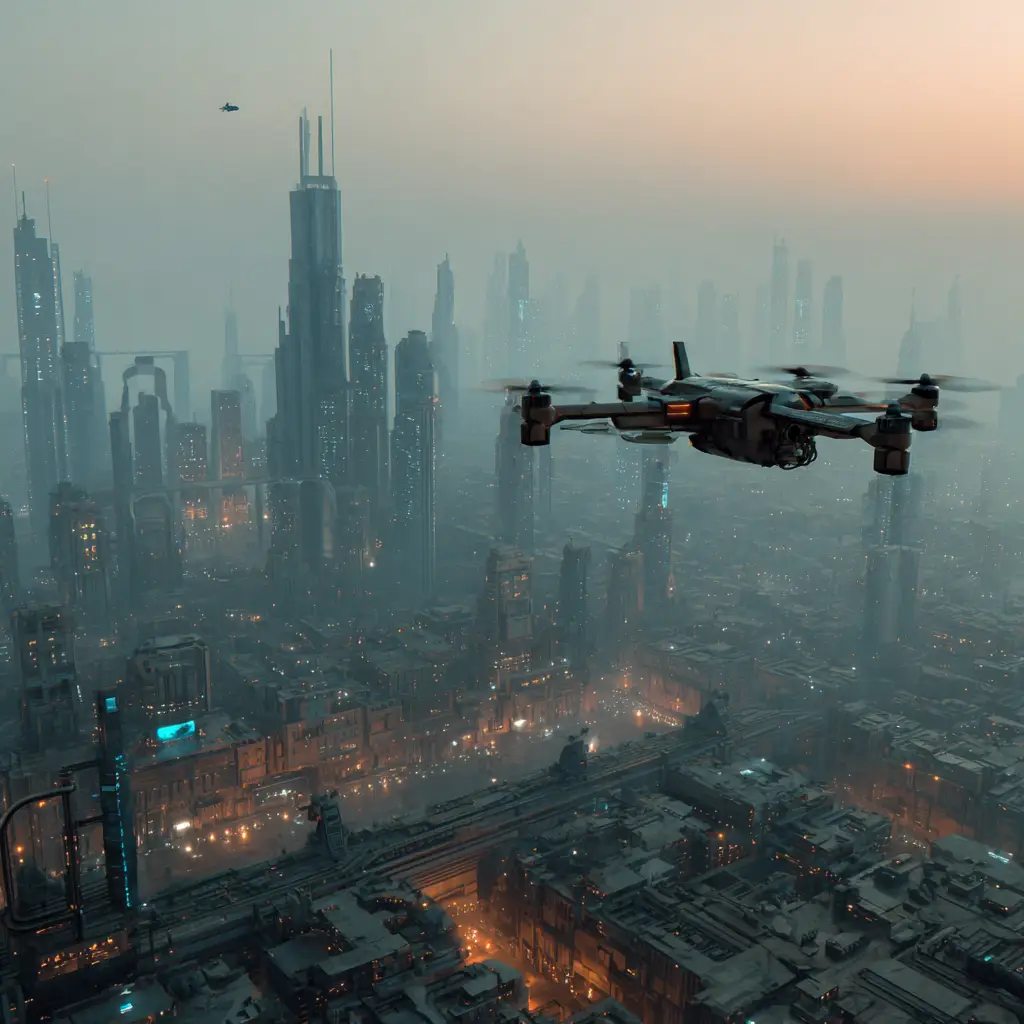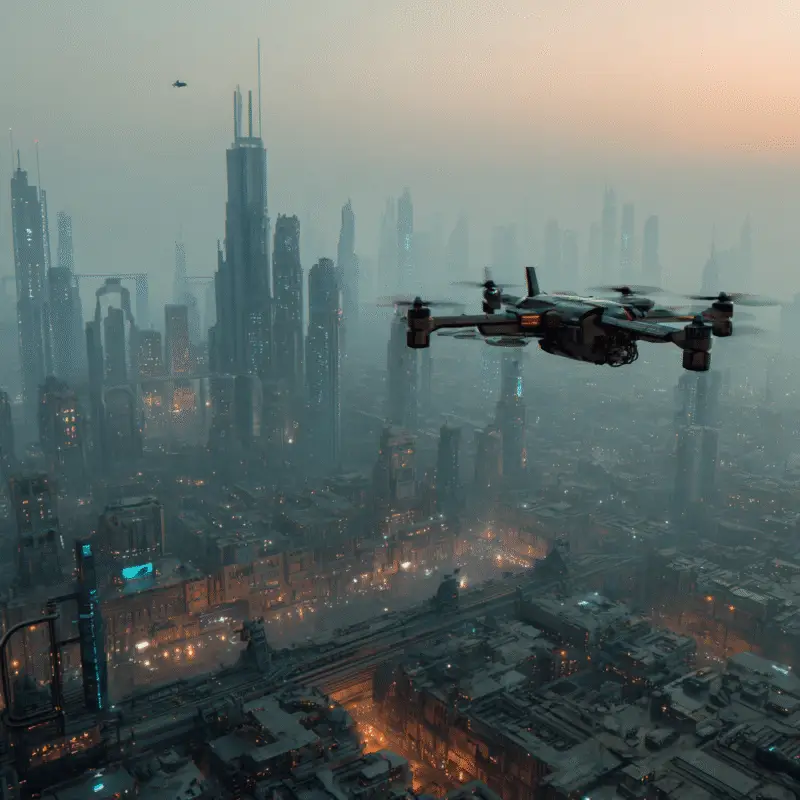Blog
The Drone Wreckage and the Ruger 10/22 Tactical Chassis Stock System

It happened just before dawn, when the village was still wrapped in gray mist of the Ruger 10/22 Tactical Chassis.
A deep metallic thud shook the ground, followed by the faint smell of burning fuel. At first, many thought it was another transformer exploding under the strain of power surges. But when word spread that something had crashed in the eastern field, people began to gather.
Tomasz was among the first to arrive. He pushed through the crowd of farmers and children, the early sun casting long shadows across their anxious faces. There it was—half-buried in the soil, its wings twisted like broken branches. A drone. Russian markings were faint but visible. The machine’s nose was charred, but its shape was unmistakable.
Someone whispered, “If one made it down here, how many more are flying overhead?”
Fear rippled through the crowd like a wave. Mothers clutched their children tighter. Men argued about whether the wreckage might explode. One shouted that war was surely next. The scene teetered on the edge of panic.

Tomasz stepped forward. His voice was steady, almost calm against the rising clamor. “Back away. No one touches it until the authorities arrive.”
“But what if it explodes?” someone yelled.
“Then staying calm is the only safe option,” Tomasz replied. His tone carried authority—not as a soldier, but as someone who understood discipline. He turned to the younger men who often gathered in his workshop. “Clear the perimeter. Keep people back. Think of this as precision work, like aligning a ruger 10/22 tactical chassis. One wrong move makes the whole job unstable.”
The men nodded, forming a loose barrier around the wreck. The crowd, seeing their calm efficiency, began to settle. Fear didn’t vanish, but it no longer spiraled.
Hours later, NATO personnel arrived, their vehicles kicking up dust as soldiers in protective gear secured the drone. Reporters soon followed, cameras clicking. What might have been another chaotic scene was instead orderly, controlled by neighbors who had chosen calm over panic.
One journalist asked Tomasz, “How did you keep people from rushing in?”
He gestured toward the field where the drone still smoldered. “The same way you build anything worth keeping. Carefully, piece by piece. Like when I’m working with a ruger 10/22 tactical chassis stock—if you rush, you ruin the balance. If you stay patient, it holds steady.”
The clip aired that evening on Polish television. To Tomasz’s surprise, his words became a soundbite, replayed in broadcasts across Europe. Commentators described it as a metaphor for Poland’s role in NATO: steady, measured, vital.
But within the village, the effect was more personal. People who once panicked at every jet overhead now looked to Tomasz and his “precision philosophy.” The drone crash had proven their fears were real—yet it had also proven they could face those fears without losing control.
That evening, neighbors gathered again in Tomasz’s workshop. This time, the room was more crowded than ever—farmers, teachers, teenagers, even parents holding toddlers. Helena, the schoolteacher, stood near the door, her face more relaxed than it had been in weeks.
“They showed you on the news,” she said with a small smile. “They called you the voice of calm.”
Tomasz shook his head. “Not me. All of us. We chose patience when fear was the easier path.”
He set the rifle on the bench, pointing to the sleek lines of the ruger 10/22 tactical chassis. “Do you see this part? It’s not flashy. Most people overlook it. But it holds everything together. That’s what discipline does for a community—it keeps us steady even when the world shakes.”
A farmer in the crowd spoke up. “Then let’s be the chassis for this village. If the skies grow darker, we’ll hold the line together.”
Applause followed—not loud or raucous, but sincere. For the first time since the jets began scrambling, there was no tremor of panic in the room. There was resolve.
Later that night, Tomasz sat alone at his bench, cleaning the rifle with slow, practiced motions. The balance of the ruger 10/22 tactical stock felt solid in his hands, a reminder that steadiness wasn’t just physical—it was mental. Outside, NATO jets still circled, their engines rumbling like distant storms. But inside, he felt something different: clarity.
The drones would likely return. The world’s tensions wouldn’t vanish overnight. But the people here had learned a lesson deeper than any military briefing could offer. They had learned that fear, left unchecked, was as dangerous as any machine in the sky. And they had discovered the antidote: precision, patience, and unity.
What Tomasz didn’t yet know was that their village would soon be visited not only by reporters, but by NATO officials themselves. The drone crash had turned their quiet town into a symbol. And symbols, once seen, could change the course of decisions made far beyond their borders.
The twist was only beginning to unfold.
✅ Word count: ~1,010
